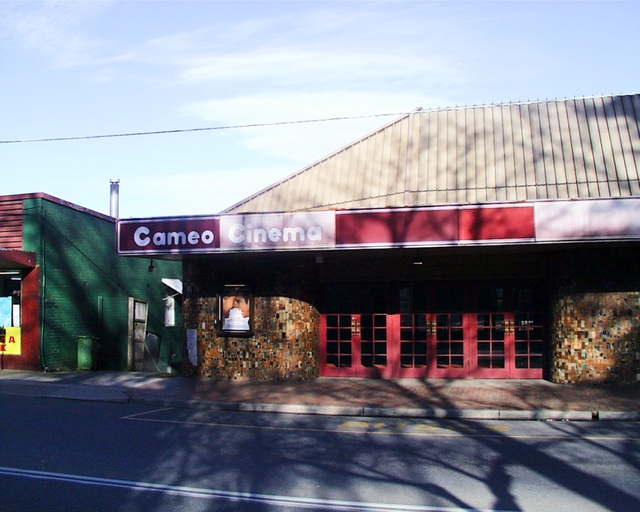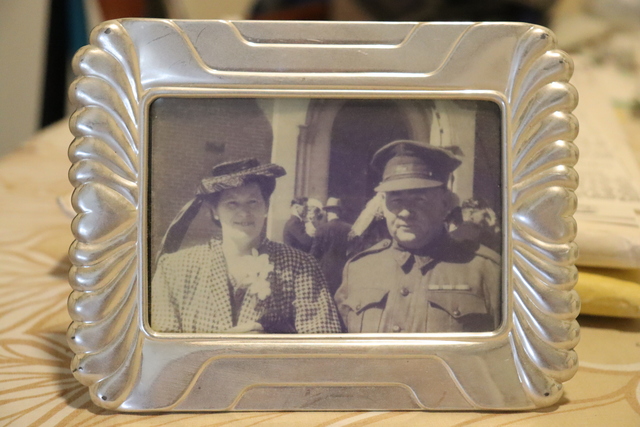THE Australasian College for Emergency Medicine this month added its ‘loud’ voice to the Australian Medical Association and scores of other groups including Dalgarno Institute to say ‘enough is enough’ on booze and violence on our streets and in our culture!
Whilst these appalling and increasingly aggressive forms of violence fuelled by alcohol are happening in our public spaces, it is what happens behind closed doors that is of growing concern.
Domestic violence is a double tragedy.
Not only is harm being done to a person, more disturbingly it’s being carried out in what should be the safest place in the community – the family home.
You know a society is in real trouble when women and children, particularly, are suffering horrendous harms because of alcohol fuelled violence in the home.
A recent Australian study by the Foundation for Alcohol Research and Education revealed there were more than 14,000 family incidents involving alcohol in 2012-13 and stated: “Alcohol involvement in family incidents increased by 85 per cent over 10 years.”
Alcohol is a feature in a high proportion of sexual assaults, too, and so many in the domestic space go unreported – “Alcohol is used as a tool by perpetrators to increase victim vulnerability and enhance their own confidence – Alcohol is used as an excuse by perpetrators to reduce their culpability and accountability”.
Heads are shaking and hands are raised in frustration but there are clear reasons for this.
Let’s look at the obvious ones ‘screaming’ at us from the evidence.
1) Advertising: Booze culture is promoted aggressively in sport and unfettered in social media arenas, as not only normal but an entitlement.
What can we do? Shut down advertising and you’ll see a change and a big one at that.
2) ‘Booze Barns’: There are way too many liquor licences in general but particularly way too many ‘packaged liquor’ outlets.
In Victoria, it has been shown that alcohol outlet density was associated significantly with rates of domestic violence over time.
What can we do? Halve the number of these places and change state planning laws to remove the loopholes and empower local governments and their ratepayers to stop the issuing of more planning permits for these ‘reservoirs of grog’.
3) Self-medication: Dr Paul Williams of Griffith University writing for a Queensland newspaper stated that Aussies are basically self–medicating.
“It’s the Australian way to turn to alcohol in times of stress. And for the 2 million ’at risk’ drinkers in Australia today, it is indeed the preferred method of stress management.”
Aren’t we the ‘lucky country’? When this ‘stress’ meets alcohol and the lid is lifted on the negative emotions around personal frustrations and moral decency and personal responsibility are diminished – then violence often ensues.
This forum does not enable me to look into the issues of relentless emotional disquiet and pain or the absurdity around the growing number of the population disconnected from supportive community and other good mental health anchors.
Regardless of the causes and symptoms, the time to act for change is now!
Let us, as a community, do what we can do now to work toward a healthier, more caring and safer community for all families.
Voices are raised against alcohol violence
Digital Editions
-

Preparing kids to go back to school
Parents and guardians across Australia are gearing up for the back-to-school season. Whether it’s the first day of school or the start of a new…





